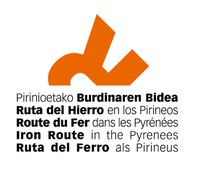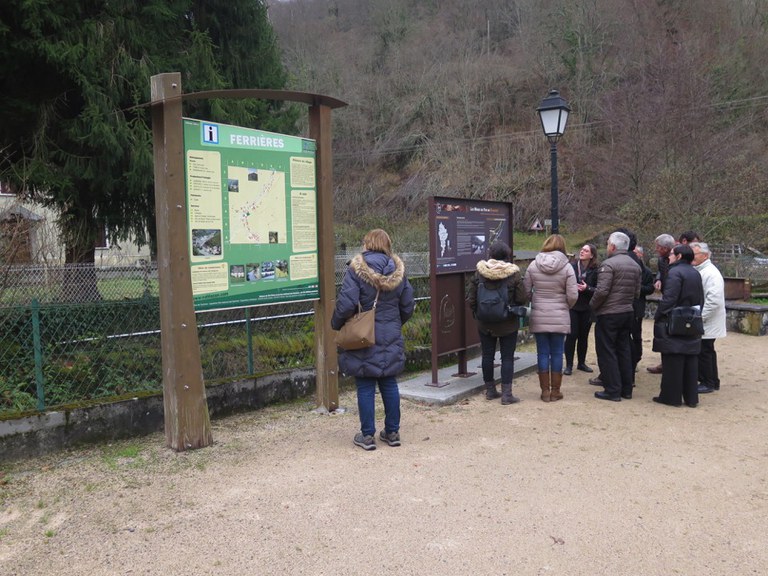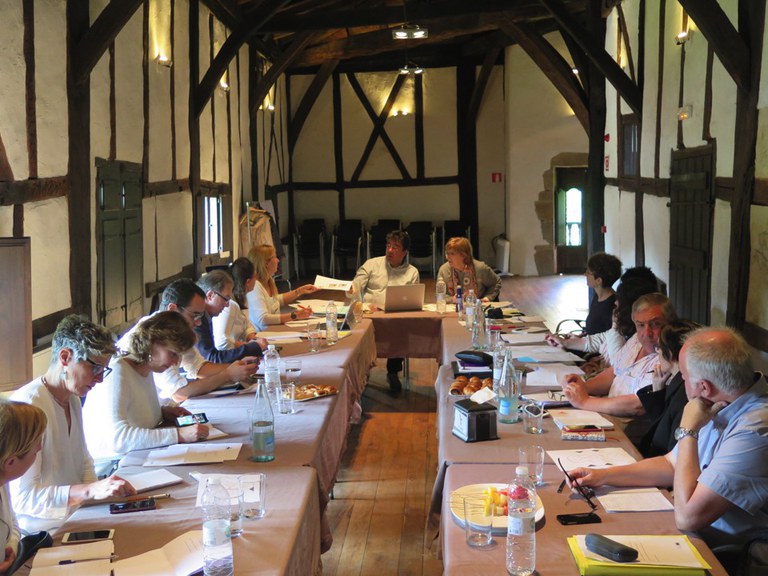Iron Route in the Pyrenees
Iron Route in the Pyrenees
 The Pyrenean region is rich in iron ore and has a tradition of working iron and steel that goes back many centuries. The activity generated considerable wealth and there are still many traces of its glorious past. Forestry, mining and production plants have to a great degree shaped the urban and rural structure of the mountain range.
The Pyrenean region is rich in iron ore and has a tradition of working iron and steel that goes back many centuries. The activity generated considerable wealth and there are still many traces of its glorious past. Forestry, mining and production plants have to a great degree shaped the urban and rural structure of the mountain range.
The Iron Route is part of the spirit and lines drawn up by the European Institute of Cultural Routes whose aim is to strengthen the bonds of unity between its members through culture, while promoting the unity and diversity of European identity. For the new generations, awareness of a common European identity and values remains essential. In order to identify these values, this heritage as a reflection of history must be put forward in order to find the links that unite the different regions and cultures.

Amid a growing awareness of the importance of value and fragility of industrial heritage, various Pyrenean regions launched projects on the history of iron. In contrast to the northern European countries, which adopted the indirect process and the blast furnaces, until the end of the 19th century, the Pyrenees, and others southern territories, remained faithful to the direct process where iron was obtained from ore in one single operation without having to go through the state of cast iron. Studies show that this way had been chosen by communities and forge-masters because it was the one that best adapted to the social and economic environment of the forges. Gradually, the forge-men introduced innovations that could be imported (exchange of ideas) or resulted from improvements done by local workers.

The wide range of technical responses makes a clear geographical and chronological distinctions, but in any case the close link between industry and ecosystem was maintained because the shaft furnace was feeded by the charcoal obtained from the forests close to factories and rivers provided the energie. Finally, in final 19th and 20th century, this industry mutated to preserve its leading role in the European iron market.
The evidence of relationship between these various Pyrenean iron and steel industries confers an unequivocal thematic unity on the region that extends from the Atlantic coast to the Mediterranean. Technical and commercial exchanges transcend the borders between regions or states. This common industrial culture reveals a convergence of interests between the heritage programs developed in Pyrenees (Andorra, Catalonia, Basque Country, Ariège and Aquitania) and its basing the first transnational collaborative network which obtained the certification of European Cultural Itinerary (CdE). Its purpose is promote the sharing of experiences and skills on conservation and diffusion of steel heritage, mines and iron landscape.
The interest and the potential of the global project has led the administrations those involved (government, departments, community of communes and municipalities) to regain with transversal strategies. The initiative was consolidated by the creation of an international association, the Pirinean Iron Route, dedicaded to heritage and tourism. This network is a representative forum open to all professionals who share the same point of concern: protect and enhance the memory of iron by creating common cultural products for educational and general public.
Members:
- Andorra: Govern d’Andorra y Comú d´Andorra
- Nueva Aquitania: Communauté de Communes du Pays de Nay
- Cataluña: Museu de la Ciència i la Tècnica de Catalunya. Generalitat de Catalunya.
- Gipuzkoa: Diputación Foral de Gipuzkoa, Ayuntamiento de Beasain, Ayuntamiento de Eibar, Ayuntamiento de Ormaiztegi, Ayuntamiento de Mutiloa, Ayuntamiento de Zerain y LEMBUR Fundazioa (Legazpi).



